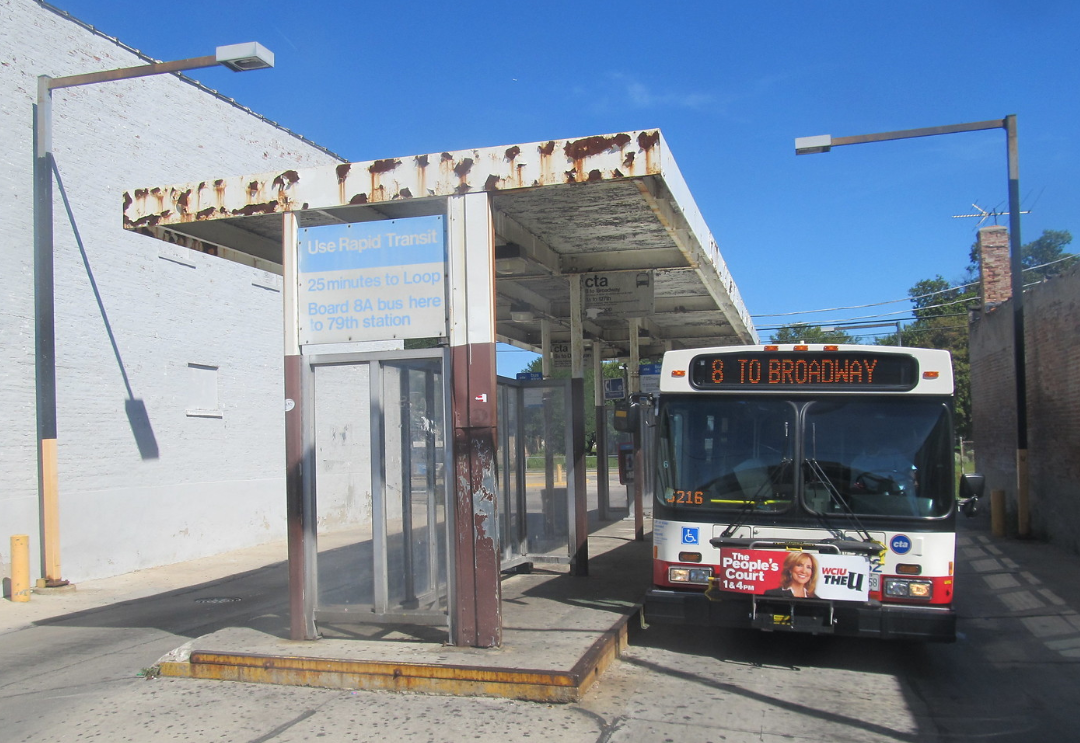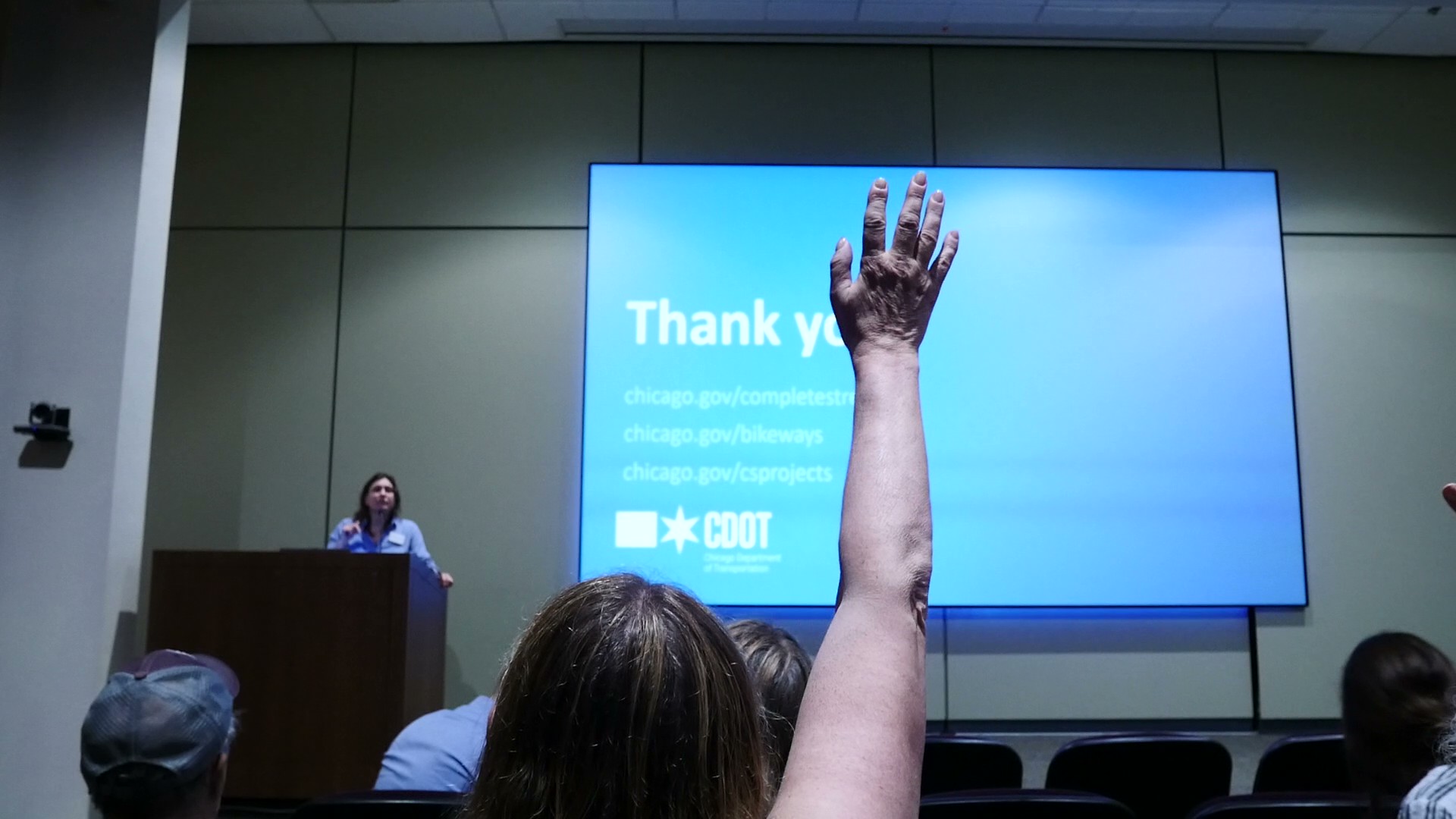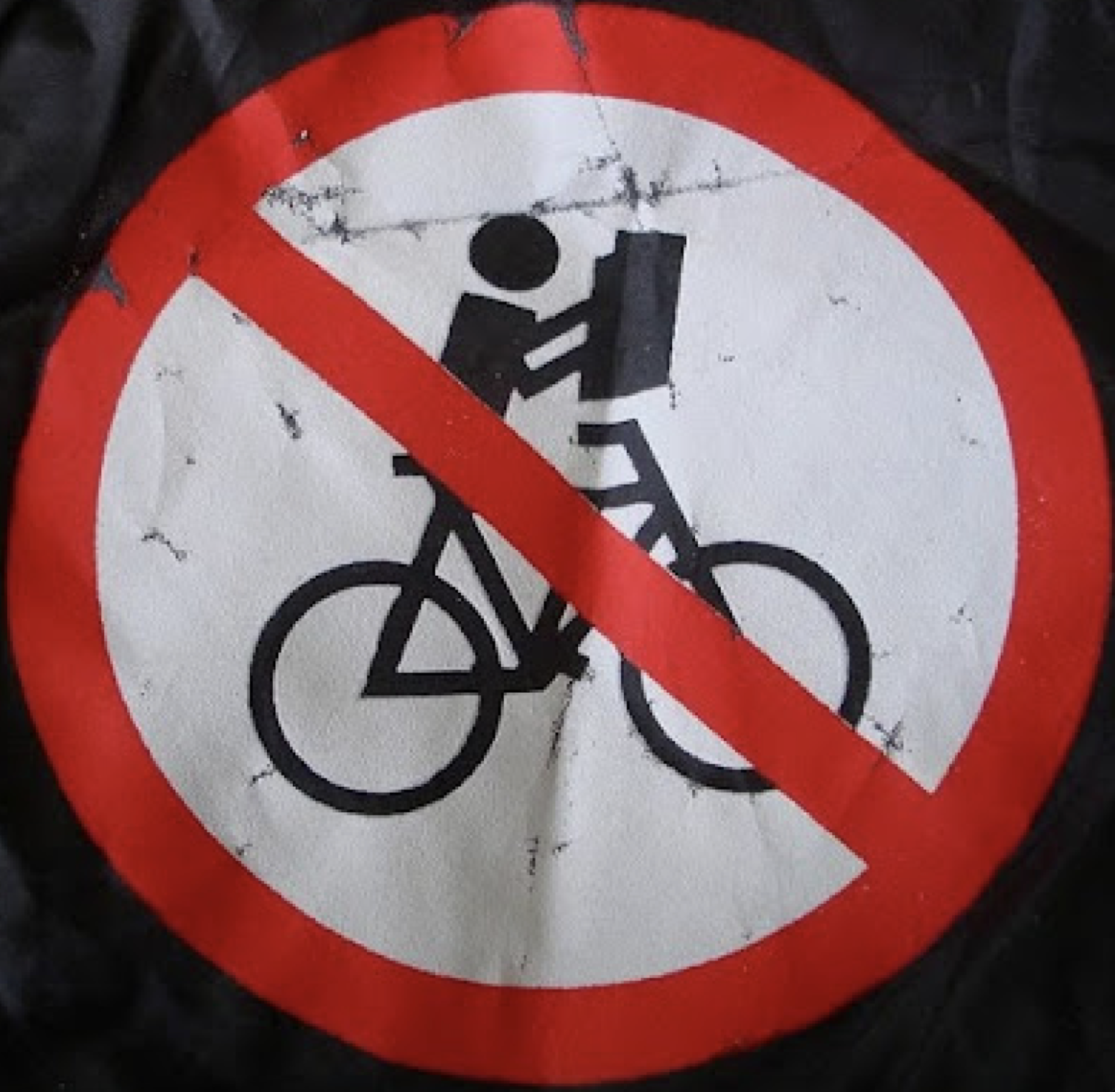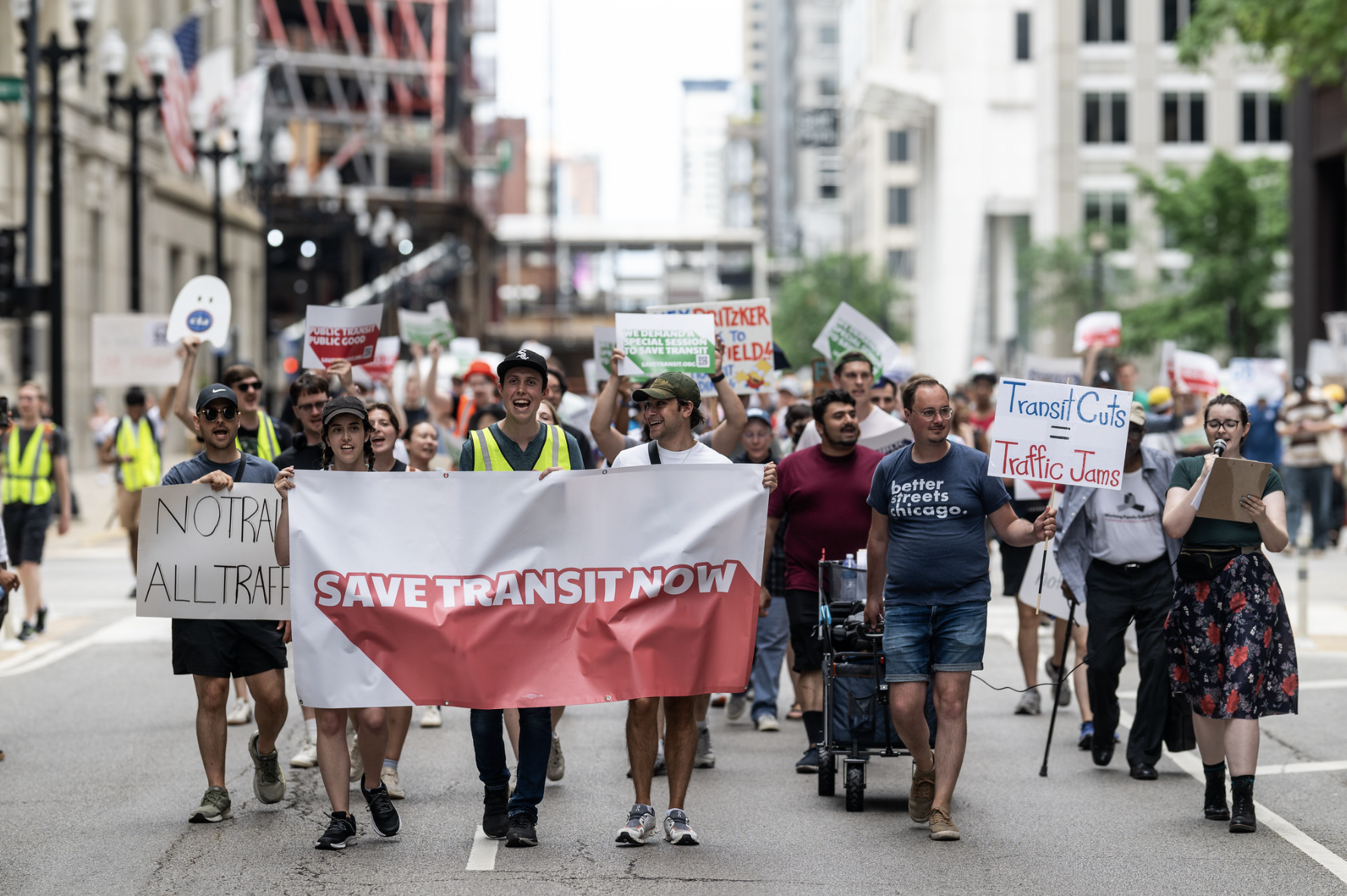
One of the most pressing problems in Chicago transportation is speeding up bus service and thereby improving transportation access for residents, especially lower-income and working people who disproportionately rely on buses, and stopping the current ridership bleeding that could lead to fare hikes and/or service cuts. Bus speeds and ridership have been negatively impacted by increased traffic congestion and competition from Uber and Lyft, plus other factors like the growing popularity of on-demand delivery.
Chicago's Bus Priority Zone program, which launched this summer, is a step in the right direction. Strategies to upgrade bus service and access on high-ridership corridors include various combinations of red bus-only lanes, overhead signage, special signals at intersections that give buses a head start before private vehicles get a green light, and/or pedestrian improvements like sidewalk bump-outs. Chicago Avenue, Western Avenue, and 79th Street have already seen improvements, and several other key routes are slated for upgrades.
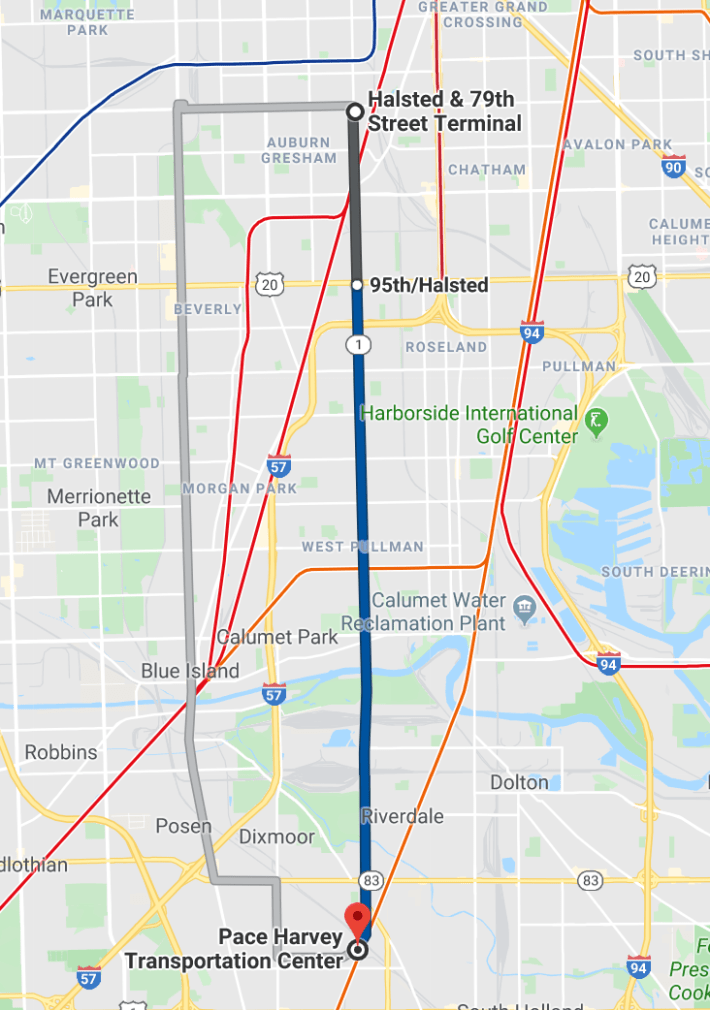
As part of the movement towards speeding up buses, the CTA and Pace have teamed up for a study on modernizing transit along South Halsted Street. The study corridor includes 10 miles of South Halsted, from the Pace Harvey Transportation Center (located at 153rd Street) to 79th Street. The project corridor includes east-west segments at 79th Street and 95th Street that connect with the 79th and 95th/Dan Ryan Red Line stations.
According to Pace spokesperson Maggie Daly Skogsbakken, potential strategies to modernize service in this corridor include dedicated bus lanes, queue jumps, and Pace Pulse service. Pulse lines have limited stops, relatively high-frequency service, transit-friendly stoplights, level boarding, bus stops with real-time info screens, and branded buses with digital screens, Wi-Fi and USB charging ports.
The first public meeting for the study will take place on Thursday, January 9, 2020, from 5-8 p.m. at Woodson Regional Public Library, 9525 South Halsted.
With the help of an advisory group made up of local community leaders, a Corridor Evaluation, Recommendations, and Project Strategy Final Report (Project Definition Report) was developed as part of an initial evaluation of the corridor. The transit agencies will now present the results to the public for input. Stakeholder communities include Harvey, Phoenix, Dixmoor, Riverdale, Calumet Park, and the Chicago neighborhoods of West Pullman, Morgan Park, Roseland, Washington Heights, and Auburn Gresham.
South Halsted carries 11,500 bus riders per day. The transit improvements developed in this study should also complement CTA’s planned extension of the south Red Line from 95th Street to 130th Street.
The study is being funded by grants from the Chicago Metropolitan Planning Agency’s United Works Program, Cook County’s Invest in Cook program, and by CTA and Pace operating funds. Federal funding programs, like Congestion Mitigation and Air Quality grants, are a possible funding source for building the recommended infrastructure.
The meeting will be held in an open house format. CTA and Pace reps will provide info about the purpose and goals of the project, the environmental review process, proposed bus routes and connections, potential transit infrastructure upgrades, and stakeholder involvement. Attendees can view a prerecorded AV presentation, check out display boards, and talk one-on-one with project team members.
